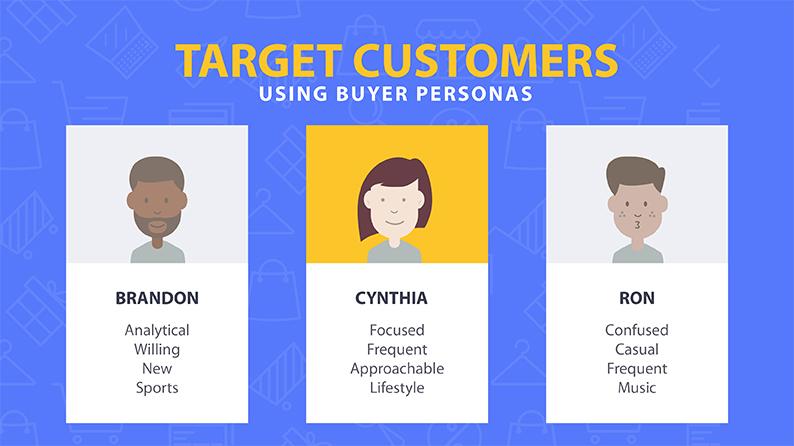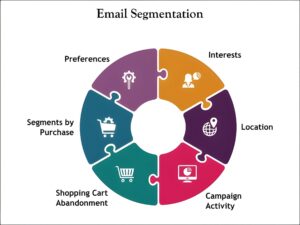Understanding Customer Personas in Digital Strategy
In today’s highly competitive digital landscape, simply reaching your audience isn’t enough-you need to truly understand them. This is where customer personas become indispensable for businesses crafting winning digital strategies. By developing detailed representations of your ideal customers, you can tailor marketing efforts, improve user experience, and ultimately drive more conversions.
What Are Customer Personas?
Customer personas (sometimes called buyer personas) are semi-fictional characters that represent the key traits, behaviors, goals, and pain points of your target audience segments. They are built using real data collected from market research, analytics, and direct customer feedback, combined with educated assumptions about user motivations.
These personas help marketers visualize their audience and answer questions like:
- Who are my customers?
- What challenges do they face?
- How do they consume content and prefer to interact with my brand?
The Role of Customer Personas in Digital Strategy
A strong digital strategy revolves around meeting customer needs at every touchpoint. Customer personas serve as a compass for:
- Content marketing: Creating relevant and valuable content tailored to each persona’s interests and questions.
- Product development: Identifying features that resonate with your target audience’s pain points and desires.
- Advertising campaigns: Designing targeted ads that speak the language and address the motivations of specific personas.
- User experience (UX): Optimizing websites and apps for the preferences and behaviors of different audience segments.
- Email marketing: Segmenting lists and customizing messages based on persona profiles to increase engagement and conversions.
- SEO: Targeting keywords and search intents that align with what your personas are searching for online.
Key Elements of an Effective Customer Persona
While building personas, consider the following components:
| Persona Element | Description | Example |
|---|---|---|
| Demographics | Age, gender, location, education, occupation | Female, 28, New York, Marketing Manager |
| Goals | What the customer aspires to achieve | Increase social media engagement for her brand |
| Challenges | Obstacles or pain points preventing the goal | Low budget for paid ads |
| Behavior Patterns | Shopping and content consumption habits | Prefers video tutorials and reads blog posts on weekends |
| Preferred Channels | Favorite platforms or devices | Instagram, LinkedIn, mobile phone |
| Buying Motivation | Why they choose a product or service | Looking for affordable, easy-to-use marketing tools |
Benefits of Using Customer Personas in Your Digital Strategy
Incorporating customer personas into your digital marketing yields numerous benefits:
- Improved targeting: Allocate your budget and efforts toward the most responsive and profitable segments.
- Enhanced personalization: Deliver customized experiences that foster loyalty and trust.
- Better content creation: Produce material that truly resonates, increasing shares, leads, and sales.
- Streamlined communication: Develop a consistent brand voice that speaks directly to your customers’ needs.
- Higher conversion rates: When messaging fits personas’ pain points, prospects move faster through the sales funnel.
Practical Tips for Creating Customer Personas
To develop actionable customer personas for your digital strategy, follow these practical steps:
- Analyze existing customer data: Use Google Analytics, CRM tools, and social media insights to identify patterns.
- Conduct qualitative research: Interview your customers, survey prospects, and gather feedback.
- Segment by behavior and needs: Group your audience based on their unique habits and challenges.
- Create detailed persona profiles: Use a mix of demographic, psychographic, and behavioral data with vivid names and images.
- Validate and update regularly: Keep personas aligned with evolving customer trends and market shifts.
- Share with your team: Ensure sales, marketing, design, and product teams use personas to unify their approach.
Customer Personas in Action: A Mini Case Study
Consider the example of a boutique fitness brand launching an online workout program. After developing customer personas, they identified two main groups:
| Persona Name | Profile Summary | Preferred Content | Marketing Channel |
|---|---|---|---|
| Active Amy | Busy professional woman, 30-40, lives in urban areas, motivated by fitness for stress relief. | Quick workout videos, motivational blogs | Instagram, email newsletters |
| Health-Conscious Henry | Middle-aged man, 45-55, focuses on wellness and injury prevention. | Detailed guides on form and nutrition | Facebook, YouTube tutorials |
The brand tailored social media posts, email content, and paid ads based on these personas. As a result, conversion rates increased by 35%, and customer engagement grew significantly within three months.
Conclusion: Why Understanding Customer Personas Is Crucial
Integrating customer personas into your digital strategy is a game-changer in how you connect with your audience. By gaining a deep understanding of who your customers are, what motivates them, and how they interact with your brand, you can craft more effective, personalized, and engaging marketing campaigns. This approach not only saves time and marketing budgets but also drives better ROI and builds stronger customer relationships.
Start building your customer personas today and see how they can elevate your digital efforts to the next level!









